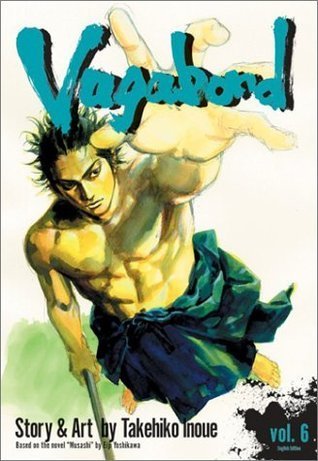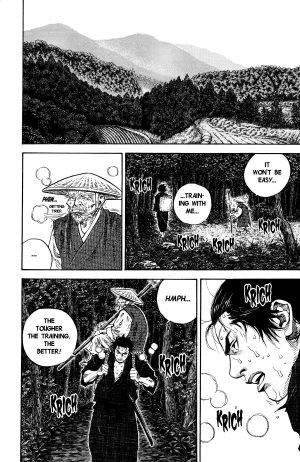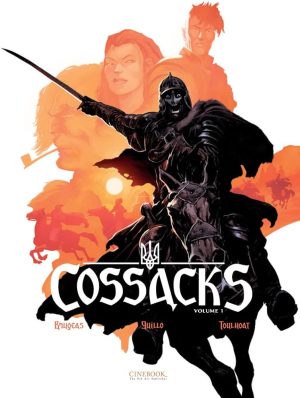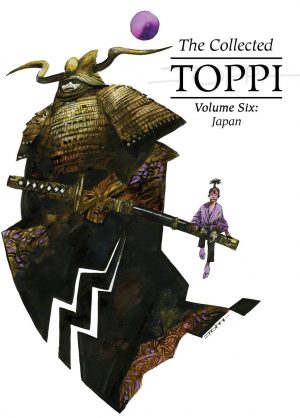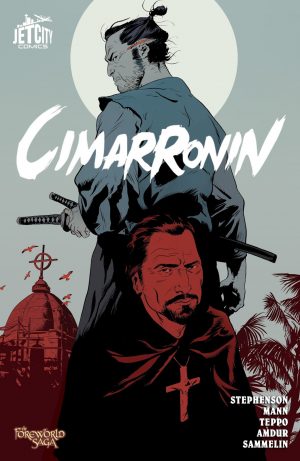Review by Karl Verhoven
By this sixth volume it becomes clear that Vagabond is a spiritual journey accompanied by thrilling samurai action. Miyamoto Musashi is an astonishing natural swordsman, despite only using a carved sword, but the inner fury providing his formidable strength is also a flaw that will lead him to his death if he can’t achieve the correct emotional balance. Vagabond Vol. 5 ended with that death seemingly imminent, which wasn’t much of a cliffhanger on Takehiko Inoue’s part since killing his leading character after five volumes surely wasn’t on the agenda.
Inoue teases a little before showing the fight’s end. We see Musashi waking up injured and bandaged, and a revelation that won’t be much of a surprise. Nor is it intended as such, with Inoue wanting to underline that a lesson to be learned is not to judge by appearances. Sometimes an old man tending his garden may be just that, but they may also be something more. Musashi learns that, and as his memory recovers he learns how his fight with Inshun ended. “Because of his great genius, only Inshun’s enemies are ever at risk” he’s told, but we also learn he’s incapable of spiritual growth as his life is never at risk and difficulties so rarely need to be overcome. It’s a clever explanation accounting for Inshun’s joyfully immature attitudes.
As seen on the sample art, Musashi finds himself a new trainer, and his object is to aid Inshun’s growth by providing him with a life-threatening challenge. A less satisfactory aspect of the storytelling is Inoue looking in on previously introduced characters for a couple of pages at a time without explaining who they are or why. It means scenes featuring Otsū will only make sense to readers who’ve followed Vagabond from the beginning. Inoue is more expansive when it comes to Musashi’s former friend Matahachi, whose problems occupy several chapters, presumably as his path will cross again with Musashi in the future.
Inoue uses him as a reflection of Musashi. Given an opportunity for redemption Matahachi makes the wrong choice every time, living by his wits and learning nothing.
Stunning artwork is again the order of the day, Inoue revelling in both action and nature, but this is a transitionary volume setting the pieces in place for Inshun’s return in Vagabond Vol. 7. This is the final volume combined into the far larger sized second VizBig Edition, now the easiest way to find Vagabond.
